In this article, we are going to talk about how to treat acne with sandalwood and other skin diseases. Let’s get started…
Table of Contents
What is Sandalwood
One of the most economically and culturally significant plant species in the world, sandalwood comes from the family Santalaceae and is native to India. The wood’s thick nature makes it desirable for carving. The oil used to make sandalwood candles comes from the steam distillation of the heartwood. Between three and six percent is the typical oil yield.
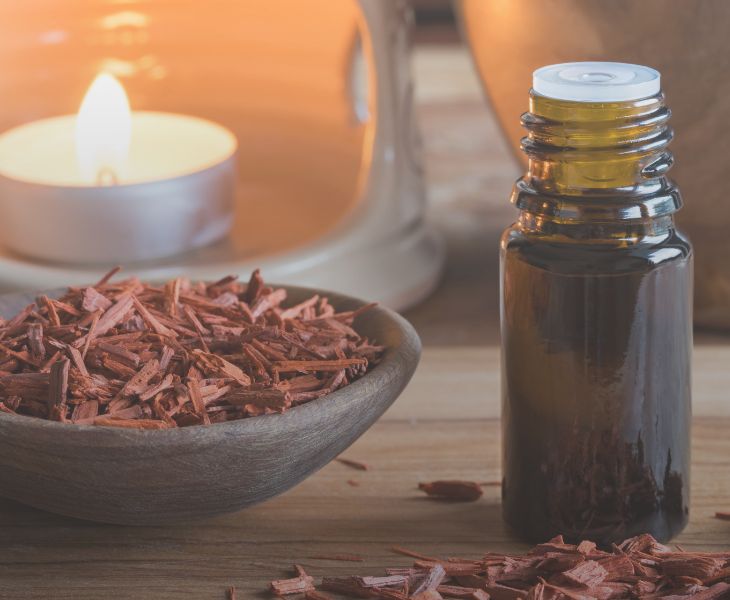
Sandalwood oil has been used for ages in the perfume business, soaps, candles, incense, traditional medicine, and religious and cultural practices due to its sweet, potent, and long-lasting aroma. The powder made from wood is utilized in the culinary sector and for religious and therapeutic purposes, particularly in India.
The sandalwood tree grows best in areas with a mild climate, regular rainfall, high sunshine levels, and extended periods of drought. Several states in India are responsible for planting this tree, but the state of Karnataka accounts for the majority of India’s commercial tree crop. It takes roughly 30 years for the trees to reach a size where the heartwood can be harvested for economic benefit in India.
Check out the 5 Ways to Use Sandalwood
Treat Acne with Sandalwood Oil
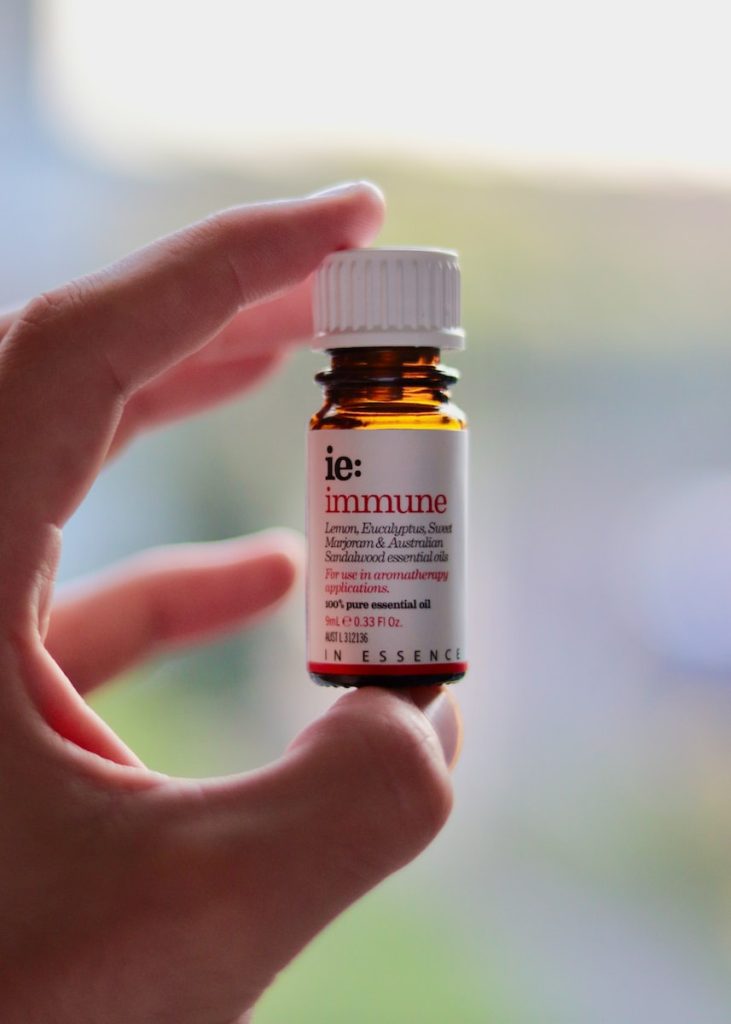
Sandalwood oil nourishes the skin, improves skin cell elasticity, and evens out skin tone. Because of these characteristics, it may be useful in reducing the appearance of scars.
Sandalwood and honey were found to prevent or reduce hypertrophic or thick, raised scarring in a 2018 study.
For Acne treatment, here are the ingredients and directions;
Ingredients
- 1 tbsp. powdered sandalwood
- 1 tsp. tea tree oil
- 2 tsp. Water infused with rose or lavender
Directions
- In a small jar, combine all of the ingredients.
- Face cleansing and drying
- As a spot treatment, apply the paste to pimples.
- After 10 minutes, rinse with lukewarm water or leave on overnight.
5 Types of Sandalwood
There are various types of sandalwood trees that are used for different purposes.
- White or Indian Sandalwood – The most popular and widely used sandalwood tree is Santalum album, also known as “chandan” in many Indian languages. This tree is indigenous to India and produces some of the most valuable sandalwood products. Australia also grows white sandalwood.

- Sandalwood from Australia – Many aromatherapy products contain Australian sandalwood, also known as Santalam spicatum. It is an important part of the Australian economy and the aboriginal people’s culture.
- Sandalwood from Hawaii – S. paniculatum are known as “iliahi” by Hawaiians. The Hawaii State Legislature has designated these native Hawaiian species as endangered due to overharvesting.
- Sandalwood from Fiji – Santalum yasi is a lesser-known sandalwood species native to the islands of Fiji, Niue, and Tonga. It is known locally as “yasi” or “yasi din,” and it is used in cosmetics, perfumes, incense, and religious ceremonies.
- Red Sandalwood – Red sandalwood, or Pterocarpus santalinus, is found only in small forests in India. Despite being unrelated to the genus Santalum, or true sandalwood, this tree is also endangered due to its widespread use in the cosmetic industry.
Many Indian languages refer to it as “rakta chandan.” The term “rakta” refers to both its use in the treatment of blood disorders and the color of the wood itself.
Sandalwood is a well-known fragrance that evokes soft breezes, restful spaces, and a sense of peace and calm. It is widely used in aromatherapy and meditation around the world.
Try these easy DIY recipes to reap the benefits of sandalwood at home.
For those with oily skin
Ingredients
- 2 tbsp. powdered sandalwood
- 1 tbsp. water of roses
- lidded jar
Directions
- In a jar, combine the sandalwood powder and rose water.
- Apply the paste to a clean and dry face.
- Set aside for 10 to 15 minutes.
- Rinse thoroughly with lukewarm water.
- Keep the remaining paste in a jar.
To treat dry skin
Ingredients
- 2 tbsp. powdered sandalwood
- 1 tbsp. Cow’s milk or yogurt
- small dish
Directions
- Combine the sandalwood powder and yogurt or milk to make a paste.
- Apply the paste to a clean and dry face.
- Set aside for 10 to 15 minutes.
- Rinse thoroughly with lukewarm water.
Final Thoughts
Sandalwood has been found to be effective in reducing acne-related skin inflammation due to its soothing and cooling effect. Because of its medicinal properties, sandalwood is used to treat a wide range of skin conditions. This fragrant wood is also used in a variety of natural skincare products.
Sandalwood is generally thought to be safe for most users. However, before using a new product on the skin, always check for an allergic reaction.
Do you have any other ways to treat acne with sandalwood? Leave a comment below.

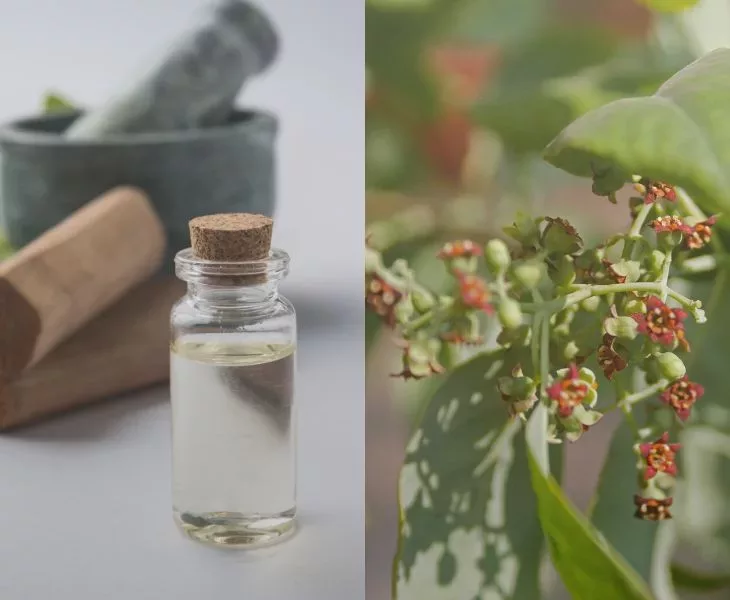
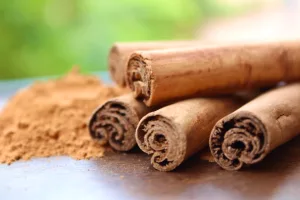





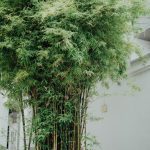
3 thoughts on “How to Treat Acne with Sandalwood”